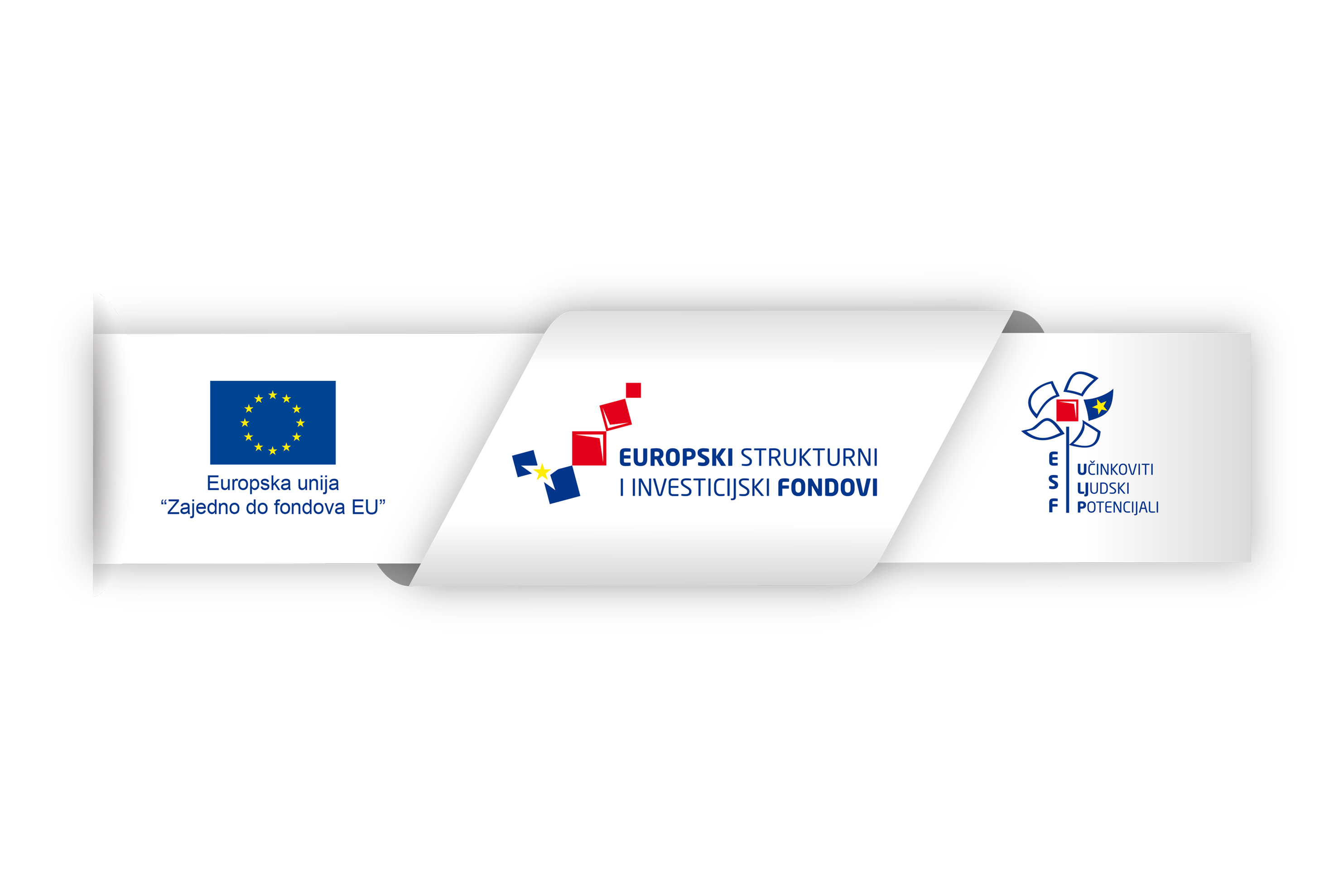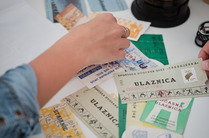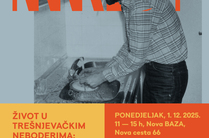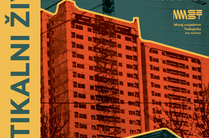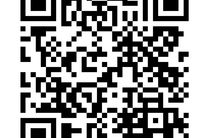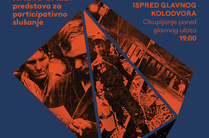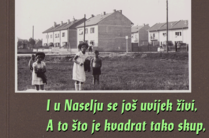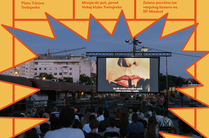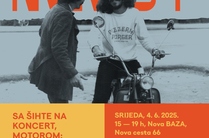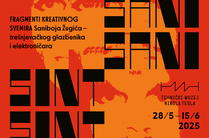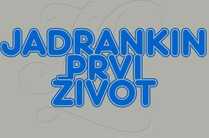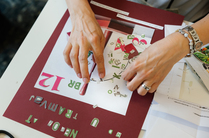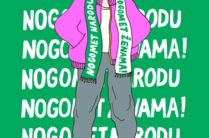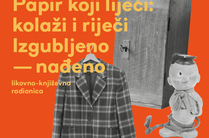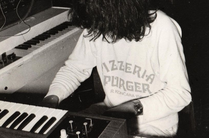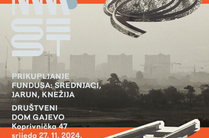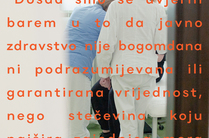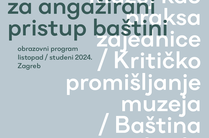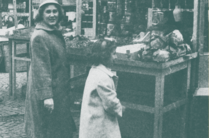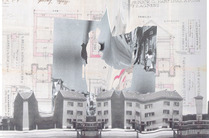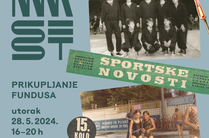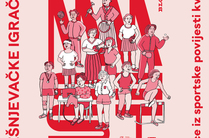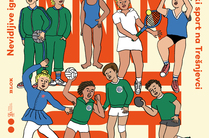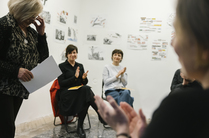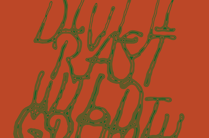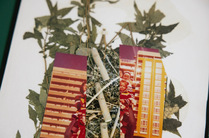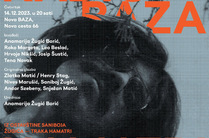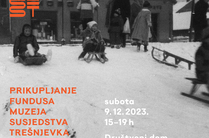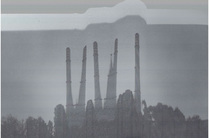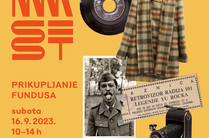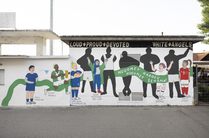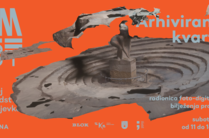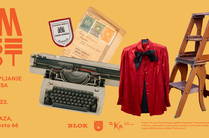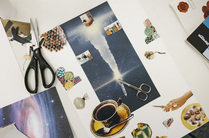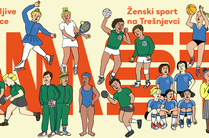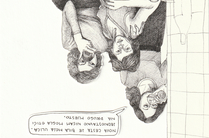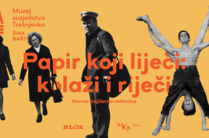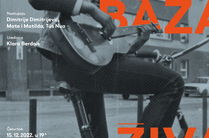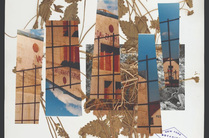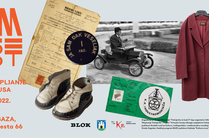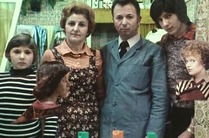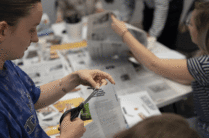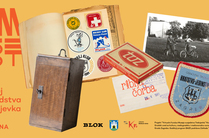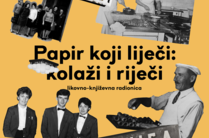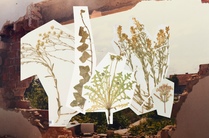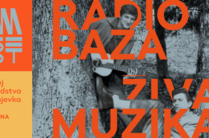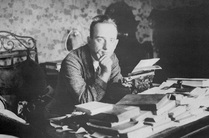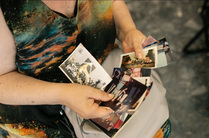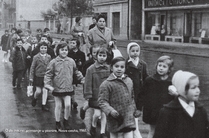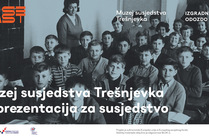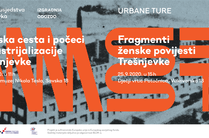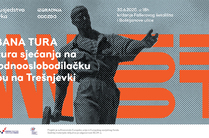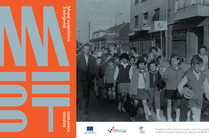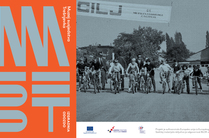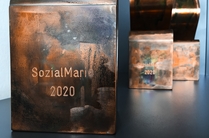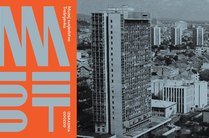TREŠNJEVKA NEIGHBOURHOOD MUSEUM – BUILDING FROM BOTTOM UP

COLLABORATIVE PROJECT
1. 12. 2018. - 30. 11. 2020.
The neighbourhood museums are institutions whose “drive and purpose is the community and the coexistence of man, his environment and heritage are their basis”. Examples can be found in the poor, working-class neighbourhoods all over the world, from South America, the USA and the Republic of South Africa to the Netherlands, where the official, national and often nationalistic culture circumvented the underprivileged communities and their needs. Therefore, it usually refers to bottom-up initiatives thanks to which the people's working-class culture secured its place, both physical and symbolic and became a part of the heritage.
Trešnjevka grew as a working-class slum along the rising industry of Zagreb between the two world wars. The capitalist mode of production did not leave much space for the regard of neighbourhood development. The people of Trešnjevka were referred to each other for solving social needs, which led to the development of a strong feeling of the community that is present even today. The self-organisation of the workers and inhabitants also began in that period. Their contribution to the anti-fascist struggle procured the area the still recognisable nickname: Red Trešnjevka.
Today, Trešnjevka is the largest Zagreb district that reflects a series of contradictions of urban development. Partial modernisation during socialism passed on an infrastructure for collective housing, culture, education and social welfare. However, the inter-war networks of slums and dilapidated houses have not nearly vanished – after the 1990s, they became the locations of unplanned construction led solely by profit maximisation. A collage of excessive newbuilding, old hovels that still serve as someone's home and empty plots that are still waiting construction are the distinguishing image of the district. There is not much space left for public cultural infrastructure: for 122,000 inhabitants there is a city library, one cultural centre, one theatre and one museum at the very edge of the district.
Trešnjevka Neighbourhood Museum - building from bottom up is the first step in initiating a neighbourhood museum established on democratic principles, the inclusion of the community and on the idea of revalorisation of the legacy that has been pushed out of the official narratives. Together with our partners (Centre for Peace Studies, K-zone, SF:ius and the Technical Museum Nikola Tesla) we build our future museum by designing a model for functioning and engaging in the field work with the community. During a period of two years, we are going to research Trešnjevka and collectively create a virtual museum collection that will be presented on the website in the fall of 2020.
GOAL: establish the foundations for the creation of a multi and interdisciplinary neighbourhood museum designed according to the principles of participatory management in culture in a way that the inclusion of citizens is integrated into the very model of functioning and sphere of activity.
RESULTS: a draft of the model of the Trešnjevka Neighbourhood Museum has been designed and published ; website with virtual holdings created through the participation of the neighbourhood has been launched; 4 thematic researches of the district have been conducted through workshops, tours and marking of local historical sites with the neighbourhood.
PROJECT DEVELOPER: [BLOK]
PARTNERS: Centre for Peace Studies, K-zone, SF:ius and the Technical Museum Nikola Tesla
PROJECT CREATORS: Ana Kutleša, Ivana Hanaček, Vesna Vuković
ASSOCIATES: Krešimir Zovak, Damir Žižić, Mirna Horvat i Vedran Družina, Hrvoje Živčić i Zoran Đukić, Sara Morić, Tjaša Kalkan, Ana Dana Beroš, Andreja Kovačić, Vida Skerk, Ivana Bauk, Tomislav Augustinčić
RESPONSIBILITY FOR THE INFORMATION AND VIEWS EXPRESSED IN THE PROJECT WEB-SITE LIES ENTIRELY WITH BLOK.
THE PROJECT WAS CO-FINANCED BY THE EUROPEAN UNION FROM THE EUROPEAN SOCIAL FUND.
TOTAL PROJECT VALUE: 790.911,69 HRK (EU financing: 672.274,94 HRK)
CONTACT PERSON: Dunja Kučinac (blok@blok.hr)
